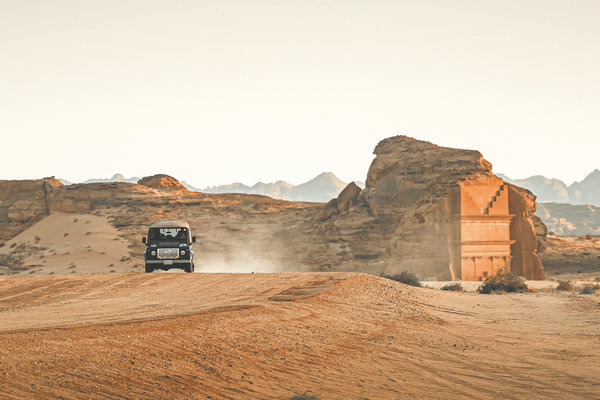

The lush oasis valley seems strangely at odds with the common perception of Saudi Arabia. Make no mistake, the desert is here, but so too are enchanting vistas. Over millions of years, sun, wind and water have shaped the sandstone around here into striking rock formations. This is a landscape where the imagination can run free. Even the area's spelling is unusual and enchanting — AlUla. This part of northwestern Saudi Arabia was once home to powerful ancient kingdoms and civilizations.
It was a key stopping point on the Incense Route, which linked southern Arabia to the Mediterranean, and also a point along the branch of the Silk Road that extended into the Arabian Peninsula. Around 1000 BC, AlUla emerged as a hub for the camel caravans transporting spices and aromatics across the deserts.
Commerce, art, languages and ideas have been evolving in the region, making it an ideal destination for cultural and historical sites. In AlUla, besides the ancient city of Dadan, tourists can visit Hegra, Saudi Arabia's first UNESCO World Heritage Site, and home to monumental Nabataean rock-cut tombs with ornate facades decorated with epigraphs.
"In AlUla, our Chinese customers, ranging in age from their 20s to 70s, consist of a diverse group including both young travelers and retirees seeking new adventures," says Zhou Dongni, managing director of Talia Travel and Tourism agency, based in Riyadh, Saudi Arabia. "They like to enjoy authentic Arabian cuisine, luxury accommodation and the blend of modern and tradition."